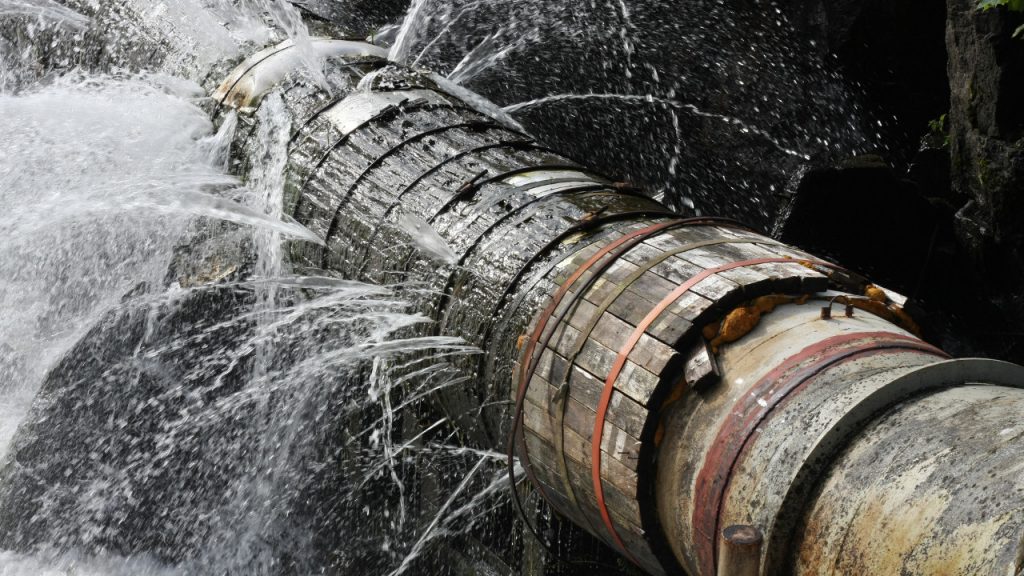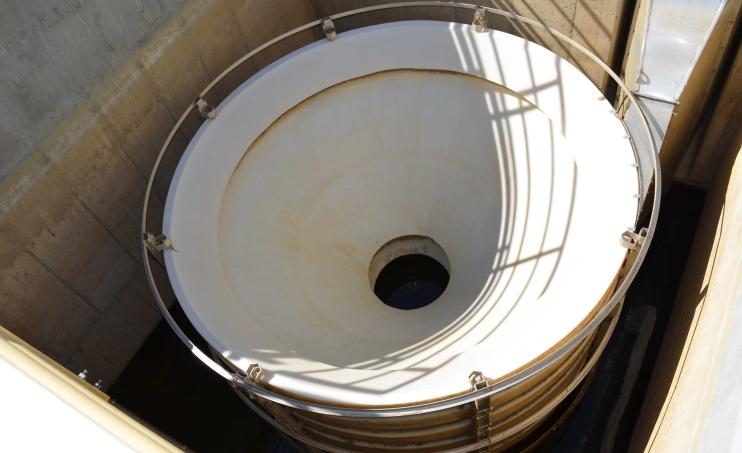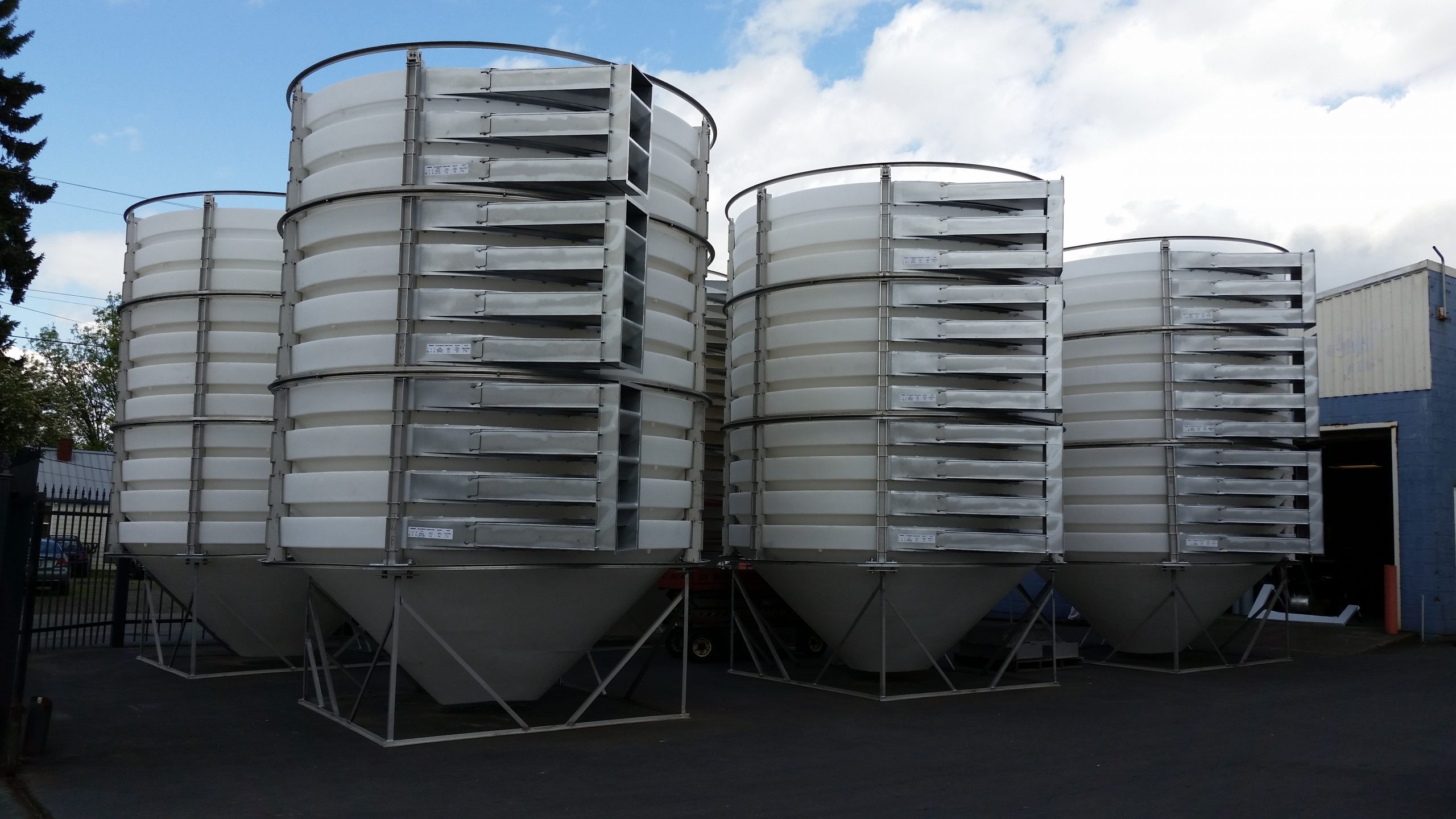June 27, 2025
Tackling Aging Water Infrastructure in the Lone Star State

Aging water infrastructure is an issue in the United States. Texas is working hard to address it, but it will benefit from also working smarter.
Aging infrastructure is a significant challenge, with parts of the US still relying on water utility pipelines that were laid down before the turn of the century. The turn of the 20th century, that is.
This issue is typically thought of as being more prevalent east of the Mississippi, in our older towns and cities, but it would be a mistake to think that the west of the country is not similarly at risk. While it’s true that the average age of pipelines is lower, they are nonetheless reaching or exceeding their design lifetime; Texas is a case in point.
Non-revenue water in Texas
Texas has over 165,000 miles of pipeline spread across more than 7,000 systems in its water supply network, with the average year of installation for those pipes being 1966.
Aging infrastructure is more prone to leaks, causing what’s known as non-revenue water, or NRW—water that is abstracted, treated and supplied, but lost before reaching consumers—and as a result, the largest cities in Texas are losing around 88 billion gallons of water per year:
- Houston: 31.8 bn
- San Antonio: 19.5 bn
- Dallas: 17.6 bn
- Austin: 7.1 bn
- Fort Worth: 5.9 bn
- El Paso: 4.8 bn
Houston and Dallas also saw large increases in water loss over previous years—30% and 18% respectively—indicating that the issue is worsening. Indeed, in its 2025 Texas Infrastructure Report Card the American Society of Civil Engineers gave the state a D+ grade overall for its drinking water, down from C- in 2021.
In a state beset by growing demand coupled with water scarcity and climate-related issues, residents have identified the need to make changes, and in 2023 passed a proposition to create a fund to pay for infrastructure projects.
Providing $1bn of funding to invest in water loss and water quality issues around the state, this represents a positive step, but it is estimated that Texas will need to invest over 150 times that amount over the next 50 years in order to adequately address all of its water infrastructure issues.
Addressing water loss
So how can utilities in Texas tackle this challenge?
The answer is in effectively prioritizing repairs. Knowing that there are leaks is one thing, but knowing where those leaks are is another thing entirely. Water utilities typically budget to replace ~1% of their water distribution network every year, and generally replace the oldest sections of the network first, but this isn’t always the best course of action.
While it’s true that the risk of leakage does increase with the age of the pipe, other factors also come into play: geological movements, corrosion due to high or low soil pH levels, and accidental damage all factor into the condition of pipes.
The fact is that there are older pipes that retain their integrity, and there are newer pipes that leak. As Indiana Jones once said: it’s not the years, it’s the mileage.
Leak detection techniques
So what can water utilities do?
On paper it’s very simple: identify the location of the leaks, assess the volume of water being lost through those leaks, and prioritize upgrading the areas with the biggest losses first. However, water pipes are buried underground, and leaks are unlikely to be conveniently located in a manhole.
Traditionally, utilities have relied on somewhat simplistic leak detection techniques such as sniffer dogs or listening sticks. These suffer from inconsistency and limited reliability, with detection success rates sometimes estimated in the 30-40% range. New technologies such as CivilSense™, however, take this approach and bring it into the 21st century.
CivilSense uses a range of data sources to analyze a water supply network, using artificial intelligence to identify areas of high water loss. Advanced acoustic sensors are then placed strategically at points in the sections of the network experiencing elevated water loss, and the AI then analyzes the acoustic data to pinpoint the location of each leak and assess its size.
Armed with this information, utilities are able to prioritize or redirect scheduled network replacement activities and undertake any necessary emergency replacement work, ensuring that their resources are targeted specifically to the areas of the network that are experiencing the largest losses.
Conclusion
As we’ve seen, Texas faces significant challenges in overhauling and upgrading its aging water infrastructure, but the state is responding in positive ways. Increased investment and increased public enthusiasm are elevating the issue and driving change, which is to be applauded.
However, the challenge is large and complex, and 20th century approaches won’t fix 21st century problems. Texas is working harder—but it will benefit from also working smarter.
Next
- Read: Tackling the Non-Revenue Water challenge in Georgia
- Read: Tapping into a Solution: Addressing Water Scarcity in the US
- Discover: CivilSense AI-driven leak detection


